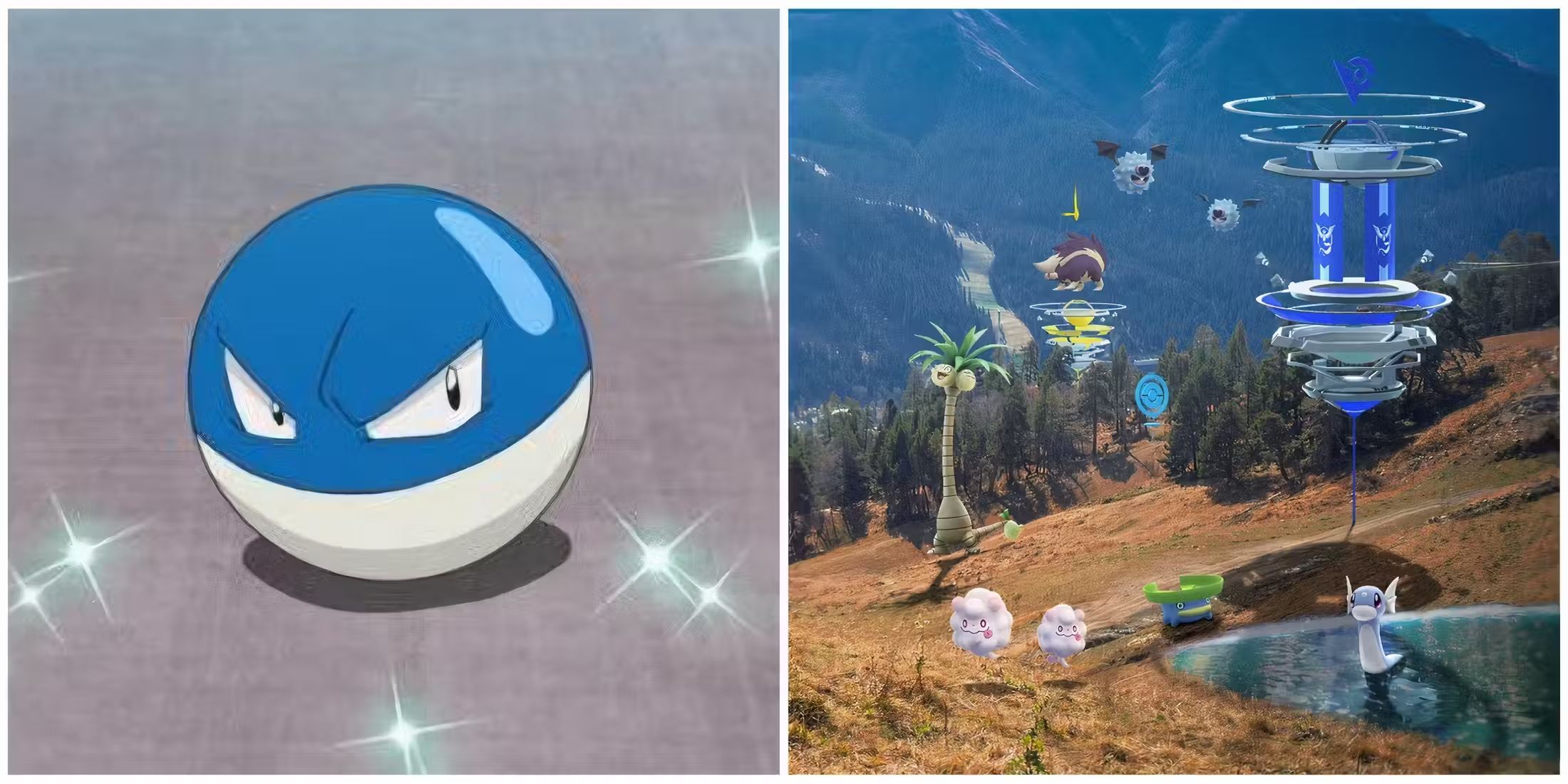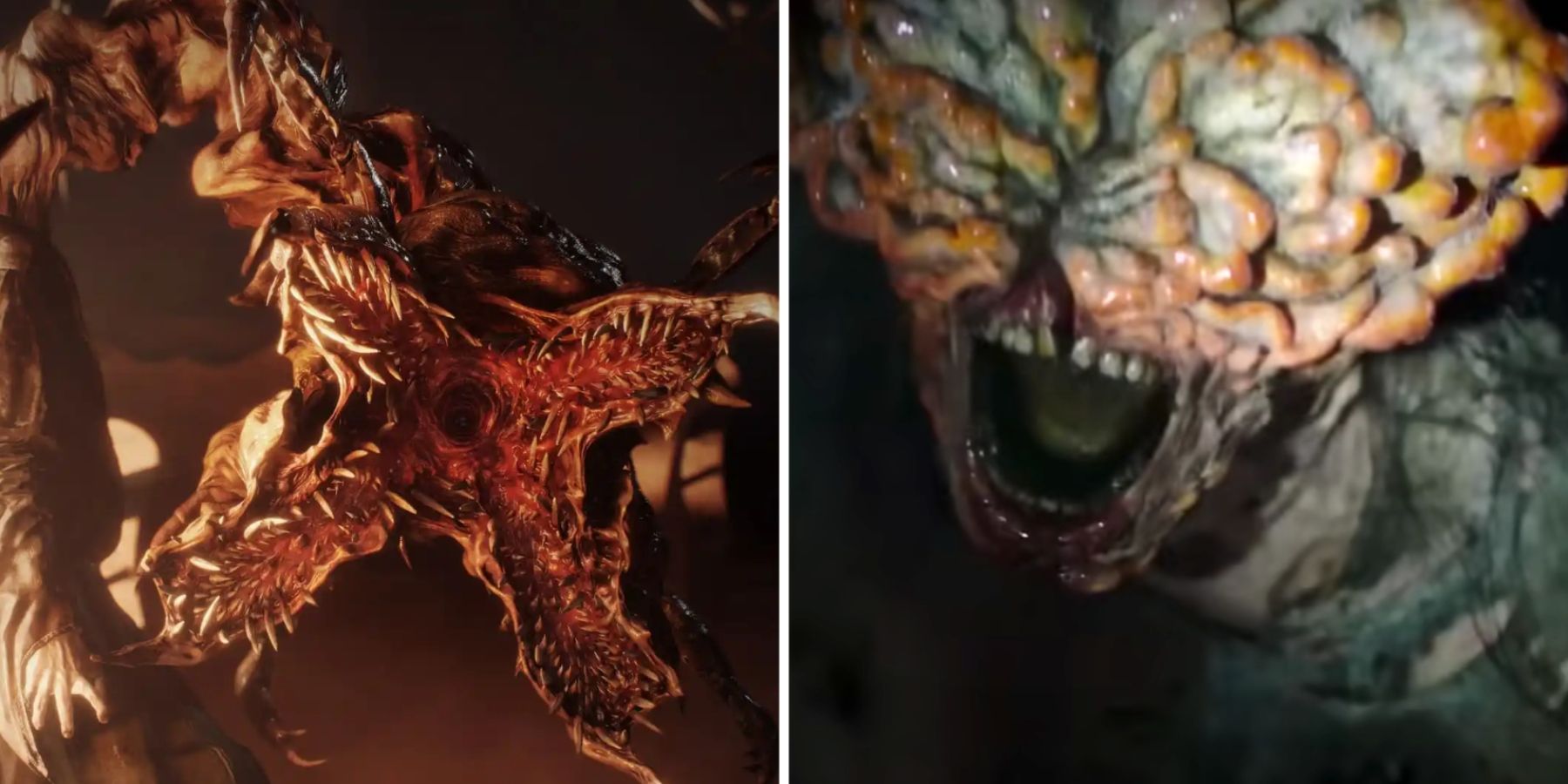Zombies have been a part of the gaming world since the early 1980s, with Atari 2600 game Entombed tasking the player with escaping a catacomb filled with undead enemies. The last 40 years have seen countless games use zombies as an enemy type, with a wide variation emerging as time went on. There's the classic slow Romero-style zombies in games like Dead Rising, there's the fast 28 Days Later-like zombies in titles like Call of Duty, and of course, there are those zombie types that defy convention and carve out an identity of their own, just like those in Resident Evil 4 Remake.
Much like any other zombie franchise unwilling to call them what they are, Resident Evil 4 Remake's enemies aren't zombies, but victims of a parasite known as the Las Plagas parasite. Over the course of Resident Evil 4's campaign, players will come across a variety of different forms of the Las Plagas parasite, each infected more terrifying than the last, and possibly more terrifying than those in Naughty Dog's The Last of Us.
How Resident Evil's Las Plagas Compares to The Last of Us' Cordyceps
Discovered in the mountainous regions of Spain, the Las Plagas parasite was sealed underground by the Salazar family over a thousand years ago. The nest was finally disturbed by Osmund Saddler, who proceeded to inject the newly hatched Plaga into the bodies of nearby villagers, promising them a cure for their "madness." Within a few days, the Plaga matured, growing around the central nervous system, and taking over the villagers' bodies. Once matured and attached, the Plagas parasite will increase the person's strength, but also their aggression. The parasite lowers their own capability to think for themselves, essentially leaving them as zombified husks and slaves to whoever is in charge of the lead parasite.
Over time, Osmund's team of researchers managed to develop even stronger versions of the Las Plagas parasite, eliminating the weaknesses found in the original strains. These experiments led to the creation of horrifying monsters like the flying Novistador, the mutated Verdugo, and the near-invulnerable Regenerators. On top of this, a new type of Plaga that doesn't need to enter the body was created as well, capable of controlling the host by simply latching onto their back and digging their needle-like legs into their spine.
Even when compared to Resident Evil's other parasitic viruses, the Las Plagas is potentially the most horrifying. Resident Evil's most iconic virus, the T-virus, doesn't have quite the same level of ferocity behind it as the Las Plagas does, simply turning its victims into mindless husks. Though tougher strains of the T-virus are capable of making some pretty fearsome foes, most notably the Tyrant, Mr. X, and the Nemesis.
The Las Plagas parasite even has the potential to stand shoulder to horrifying shoulder with gaming's most recently popular infection, The Last of Us' Cordyceps. Introduced in 2013's The Last of Us and slowly explored more over time, with HBO's The Last of Us show finally giving fans a clear explanation, The Last of Us' Cordyceps is a fungal infection that quickly makes its way through the body and attaches itself to a person's central nervous system. But rather than needing to be injected with a parasite, The Last of Us' Cordyceps infection can spread from just a single scratch, a bite, or even a piece of infected food, making it much easier to catch than Resident Evil 4 Remake's Las Plagas. The Cordyceps infection is also capable of producing its own slew of terrifying monsters, with Stalkers, Clickers, and Bloaters all coming from the same type of Cordyceps infection, just a prolonged exposure to it.
Resident Evil 4 is out now for PC, PS4, PS5, and Xbox Series X/S.





